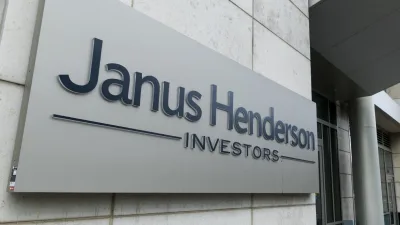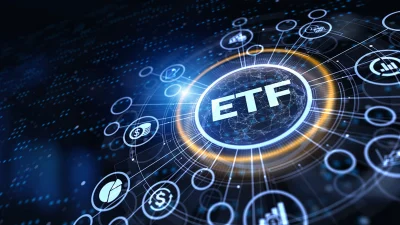Active ETF usage on the rise in APAC



Active ETFs are gaining traction in Asia-Pacific as wealth managers seek to blend the low-cost fees of passive with active management.
According to the latest global Natixis Wealth Industry survey, 92 per cent of wealth managers in the region liked the ease of trading active ETFs.
“Many are finding that active ETFs help them bridge the advantages of both approaches by marrying the lower fees of passive with the potential to outperform that comes with active. The approach is gaining traction with wealth managers, as 77 per cent globally and 92 per cent in Asia say the ease of trading active ETFs is a significant enhancement, compared to traditional mutual funds.”
Globally, 96 per cent of wealth managers plan to increase their ETF offerings or maintain them.
A third see active ETFs as a fit for the core holdings in their portfolios while 31 per cent say they are suited to satellite investments around a portfolio core. The largest volume globally (46 per cent) said they see the products fitting in with their allocations to thematic investments.
They are also looking to active funds in general with 90 per cent looking to add or maintain their exposure as 63 per cent believe the markets will favour active management in 2025. However, Natixis said fee compression means they will still continue to hold passive exposure to index funds on their platform.
This echoes findings by MSCI that over three-quarters of wealth managers (76 per cent) expect to increase their allocations to active ETFs either “moderately” or “significantly” over the next three years.
“Interest in active ETFs appears to be heating up because they combine the transparency and low transaction costs of the ETF structure but also allow for active bets in lieu of passive exposures,” it said.
“The active ETF market is an emerging yet rapidly expanding market segment, particularly in the US, where growth has been driven by mutual fund conversions. Gaining visibility into these ETFs’ holdings and strategies, and educating clients about them, are important steps towards increasing allocations.”
Schroders, Macquarie Asset Management, PIMCO and Janus Henderson have launched active products since the start of the year.
Recommended for you
Global asset manager Janus Henderson could be acquired after receiving a non-binding acquisition proposal jointly from a private investment firm and venture capital firm.
Investment manager Salter Brothers has partnered with private equity firm Kilara Capital to launch an Australian sustainable investment platform focusing on decarbonisation.
Fresh off launching three active ETFs to the Australian market, Avantis Investors is already planning to expand its range with two further products next year.
Ausbil is growing its active ETF range with an ESG product in collaboration with sister company Candriam.












